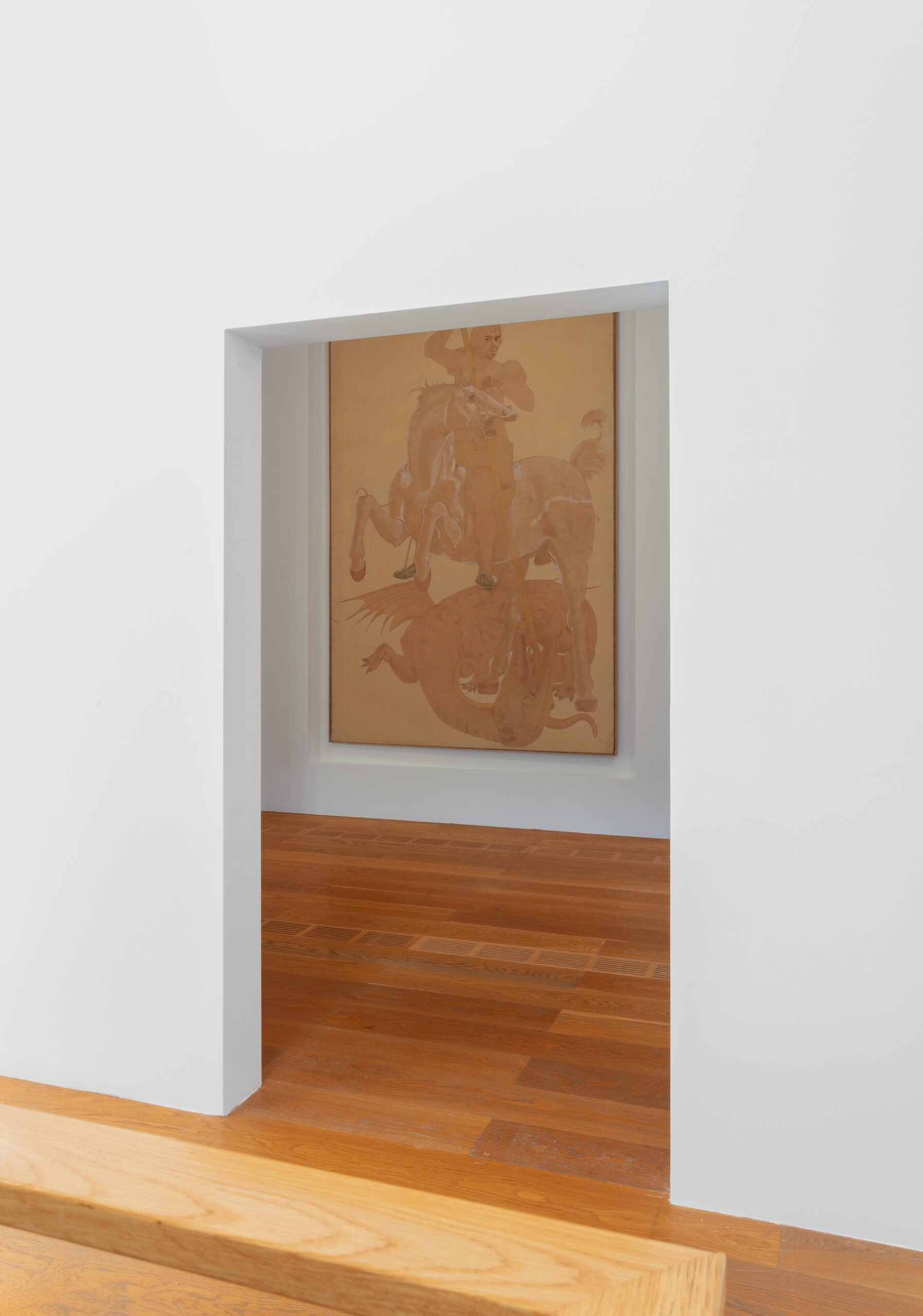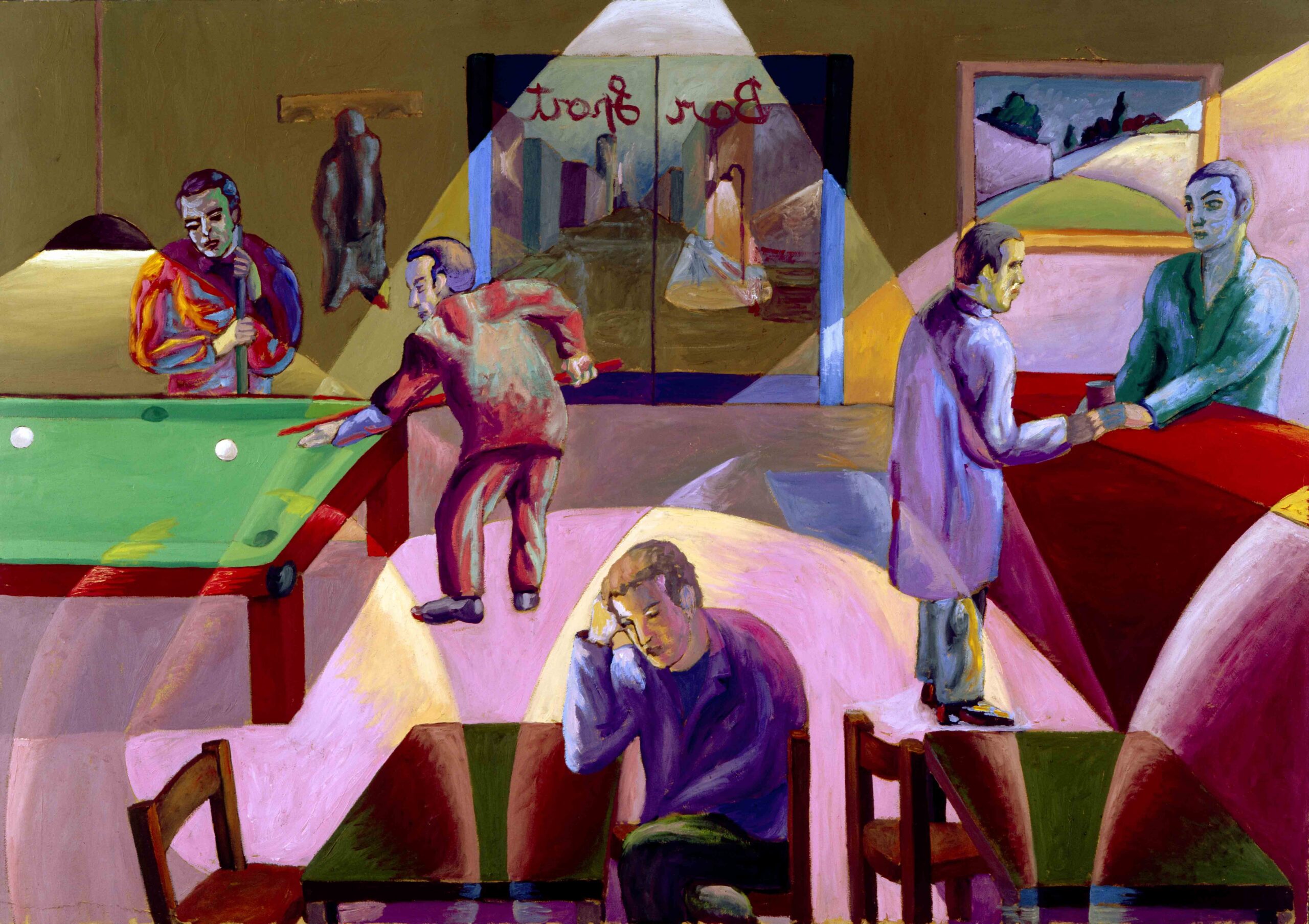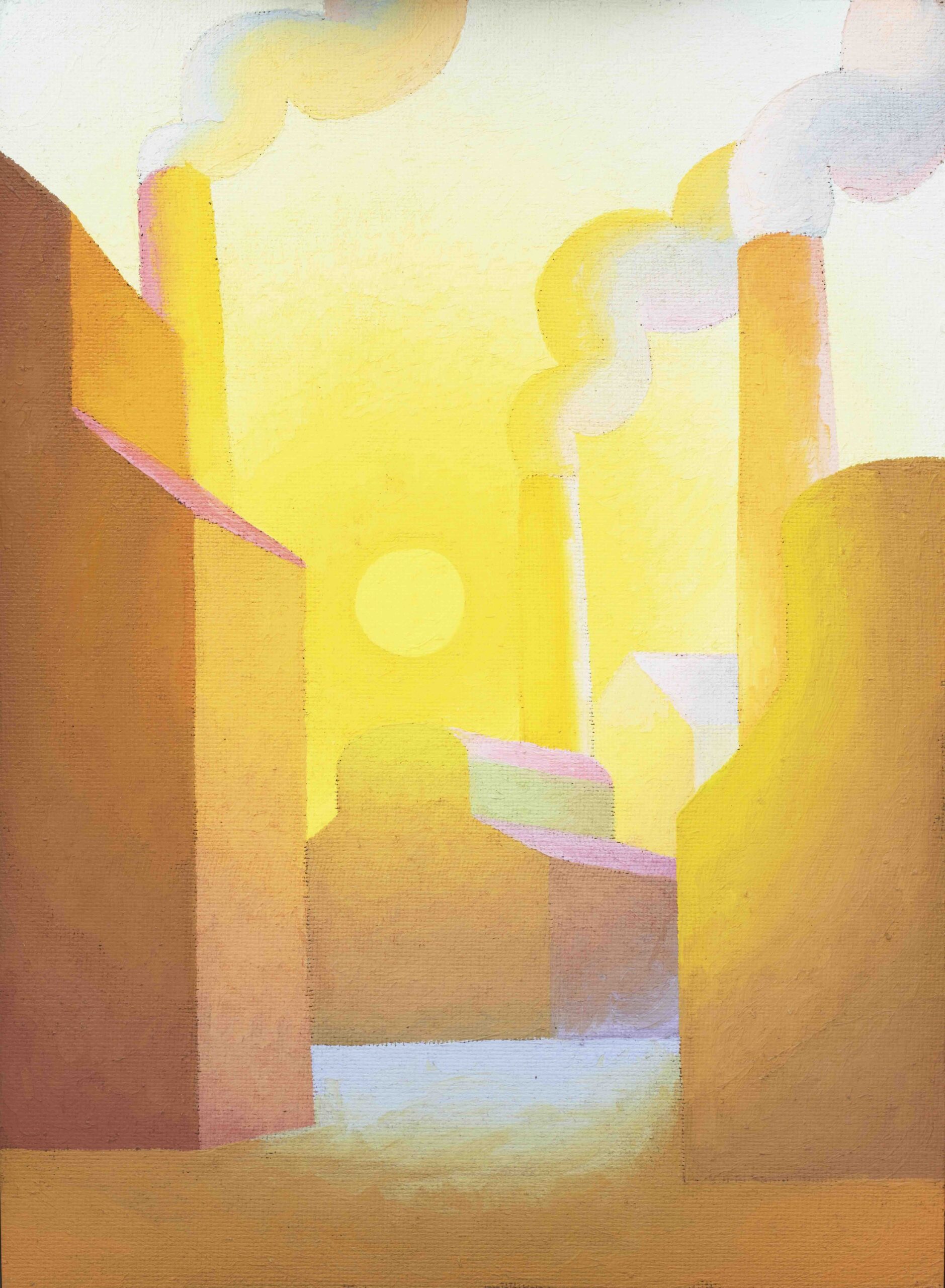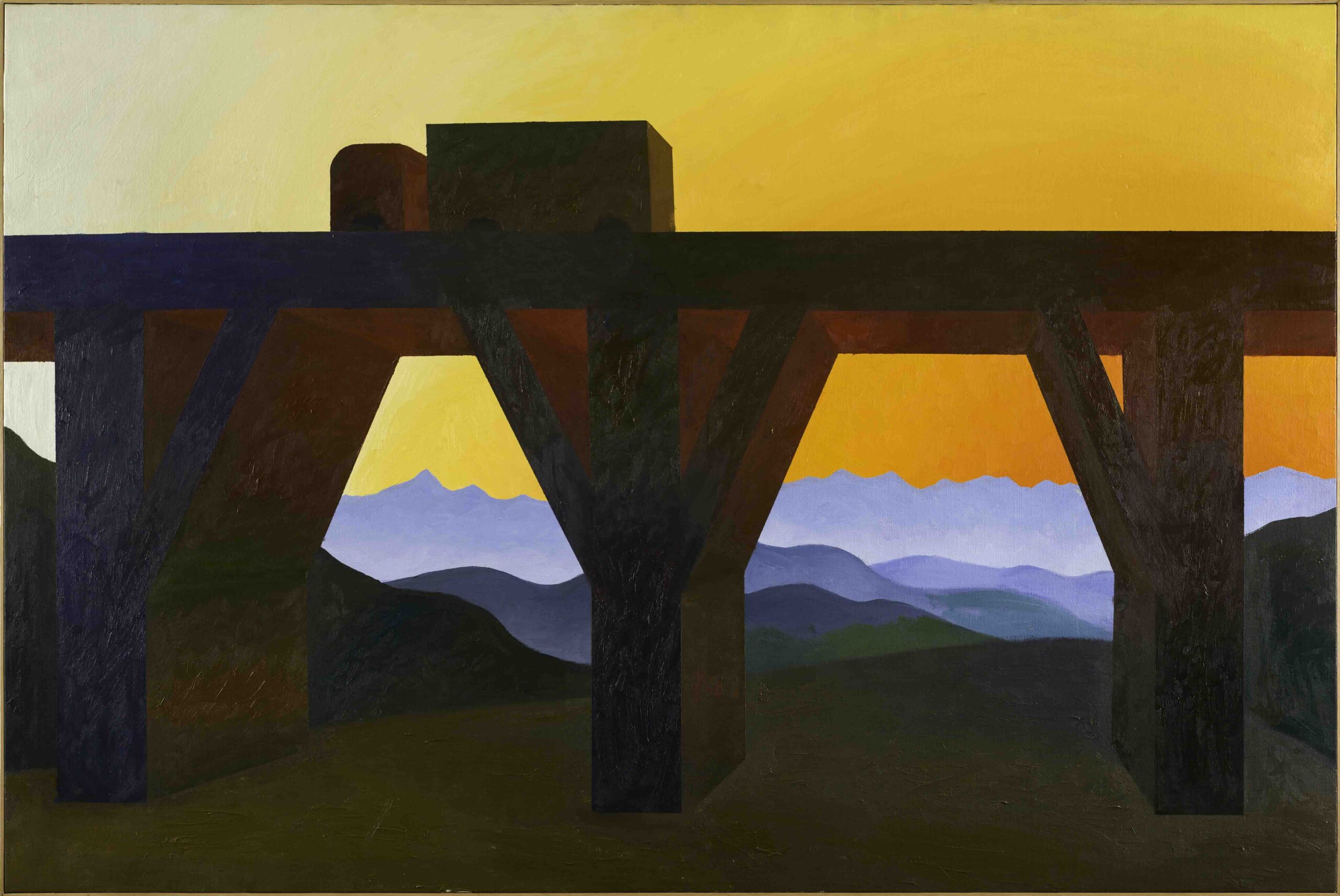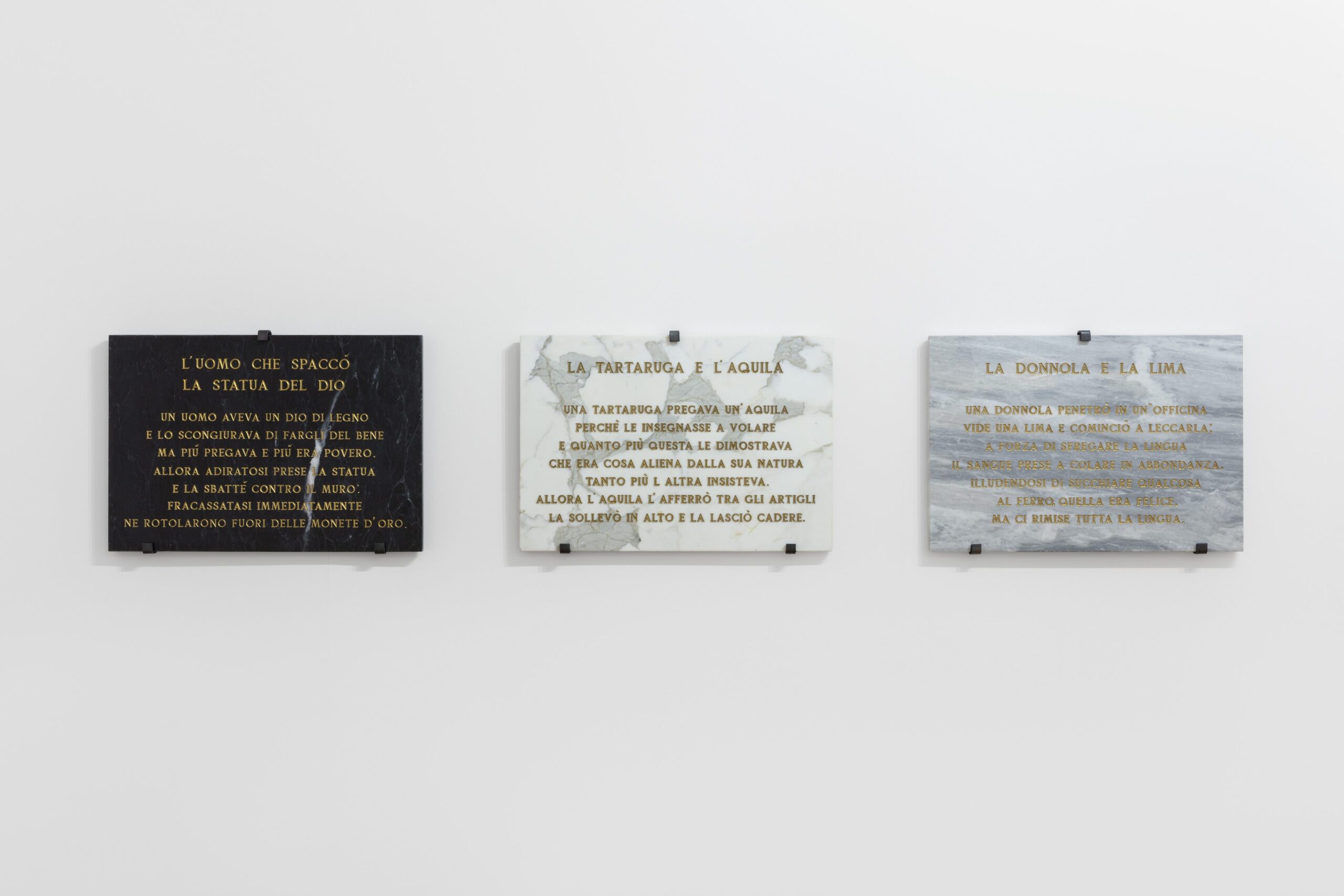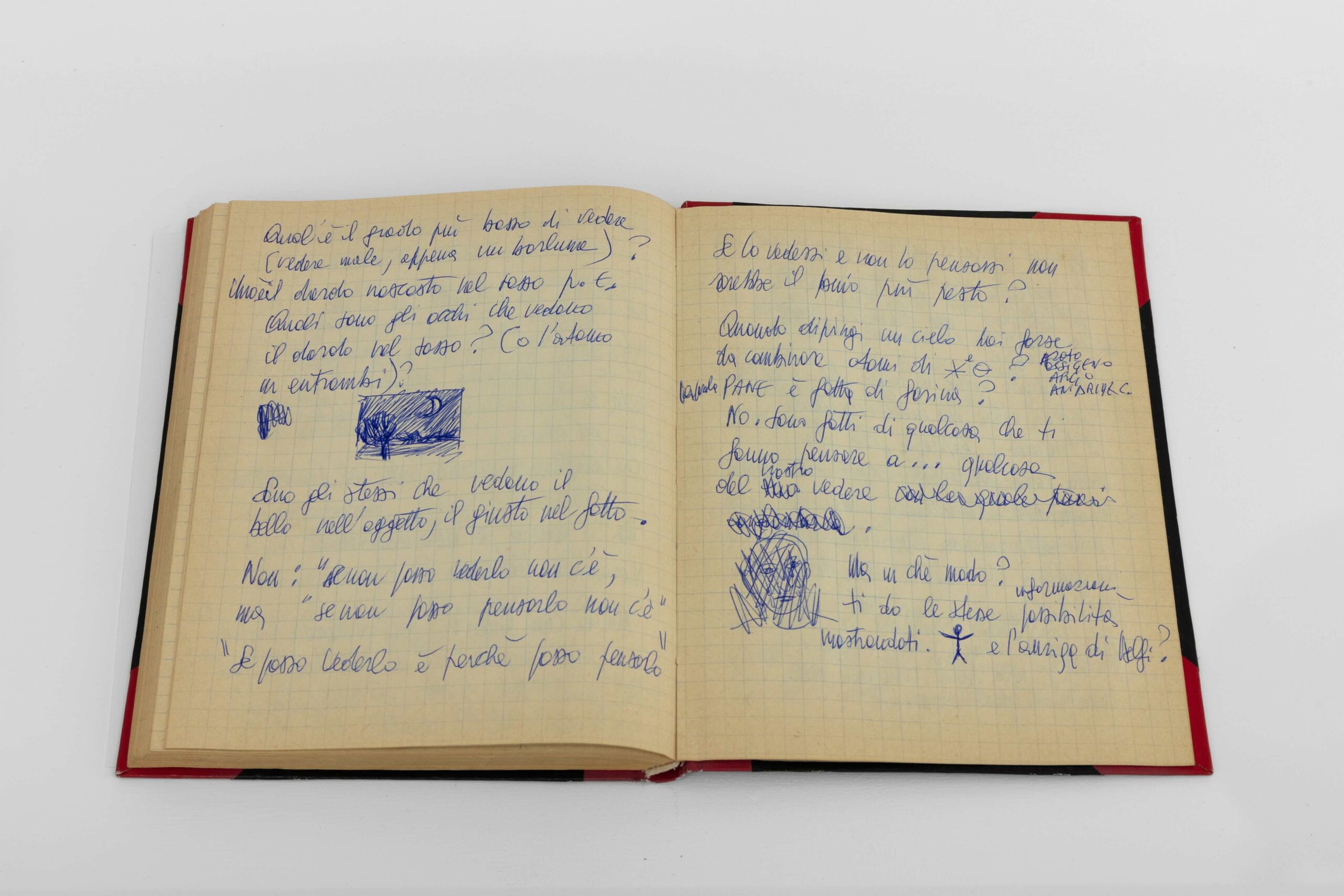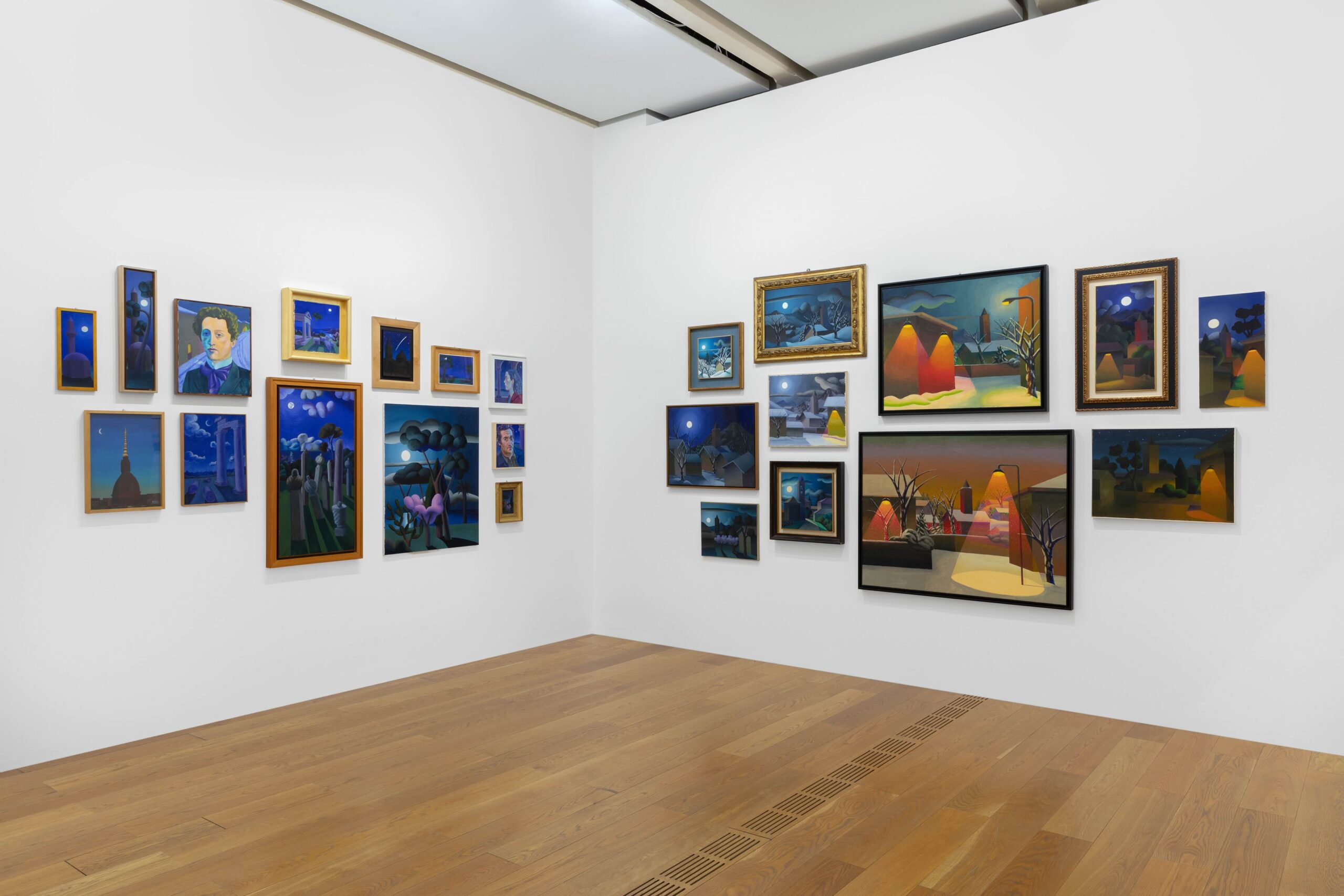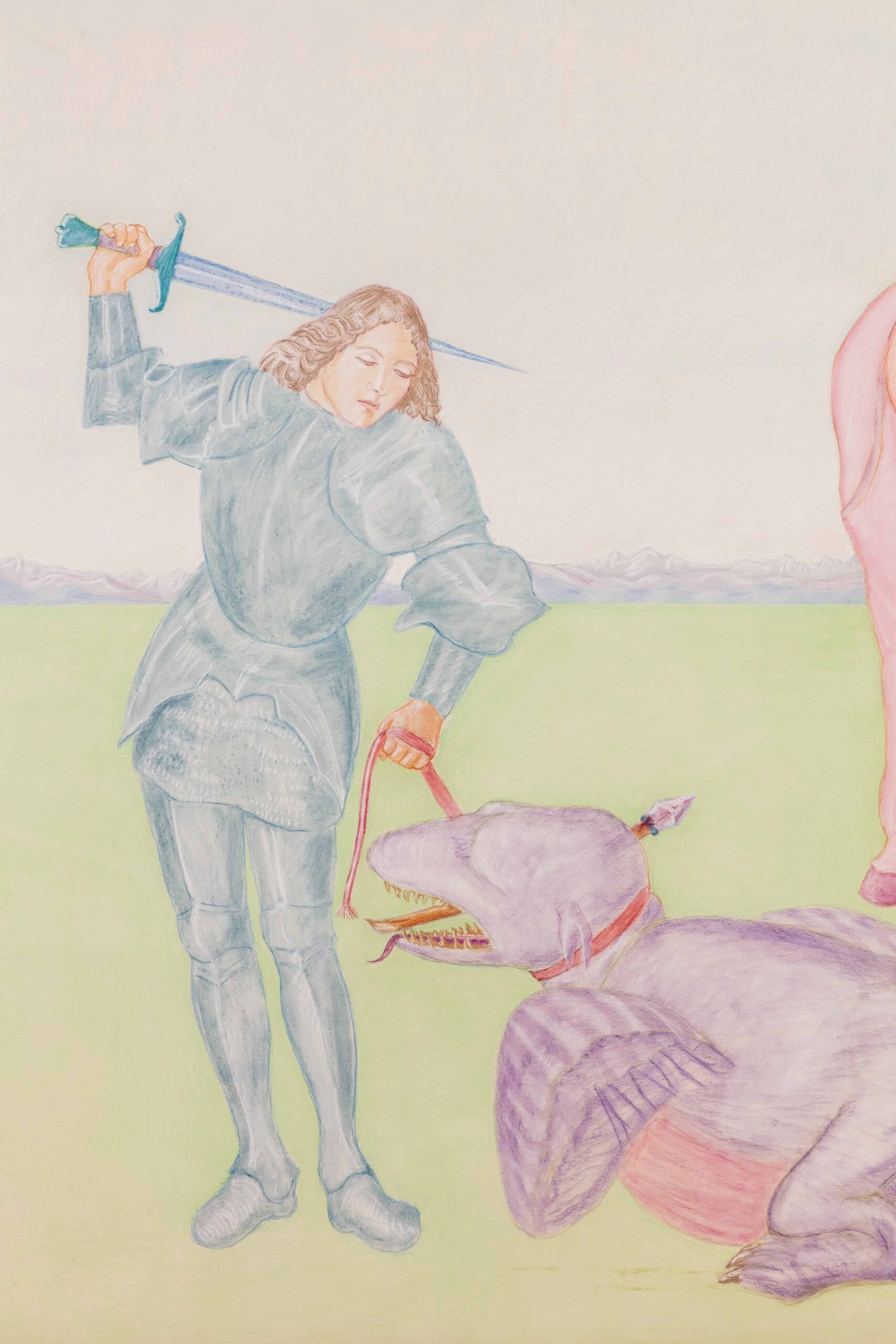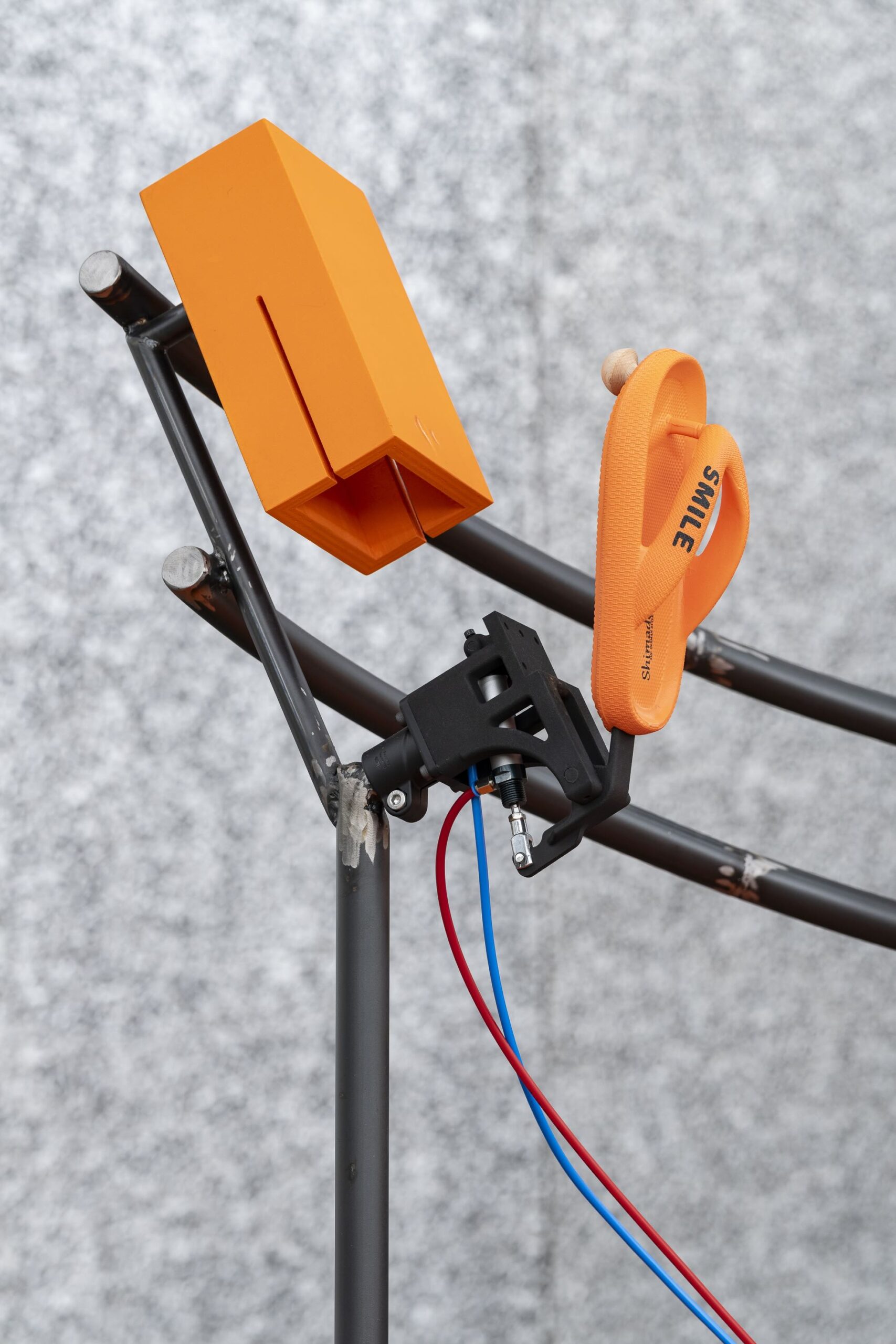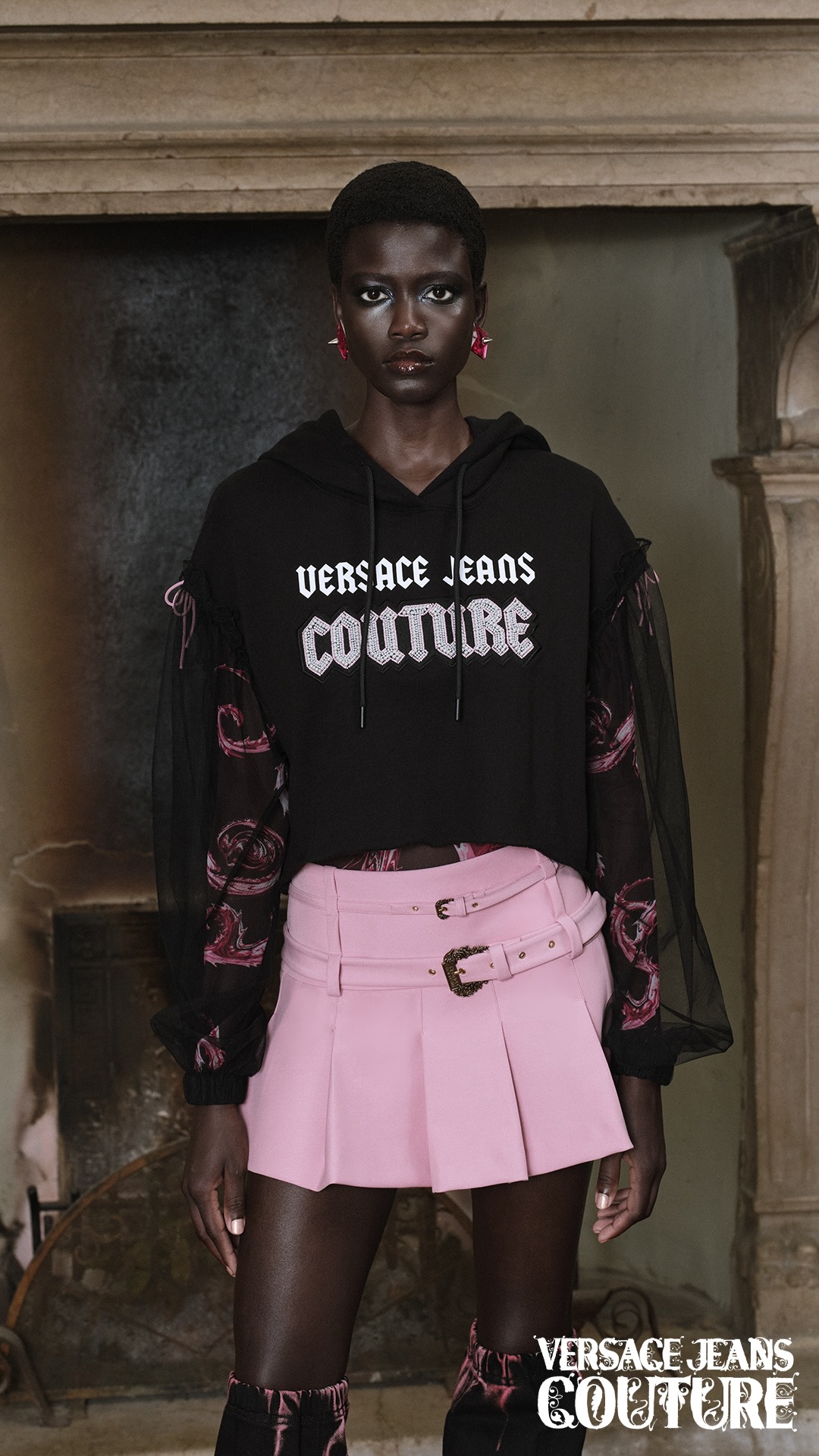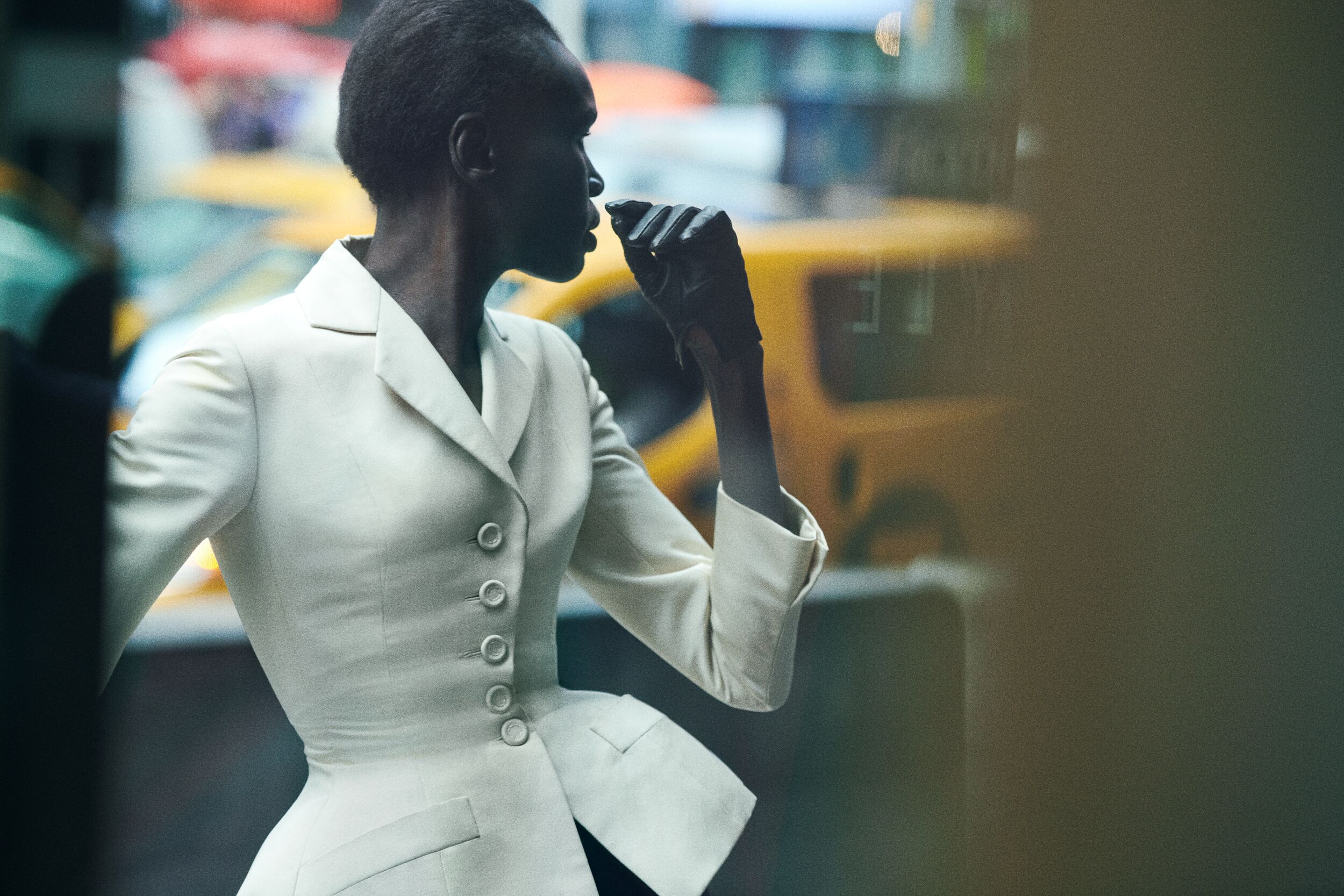Salvo. Arrivare in tempo
Pinacoteca Agnelli, Turin
From November 1st, 2024 until May 25th, 2025
The originality of Salvo’s work appears today more significant than ever, a counter-current artist and precursor of languages and reflections that accompany his entire artistic career, from Conceptual Art to Arte Povera, exploring the self-representation and characters of photographic and sculptural works. After this first phase of his research, it was to painting that he devoted himself exclusively, remaining faithful to this practice from the beginning of the 1970s and for the next forty years. The exhibition Arriving on Time presented at the Pinacoteca Agnelli in Turin, curated by Sarah Cosulich and Lucrezia Calabrò Visconti, occupies three floors of the space, and traces an all-round retrospective path through Salvo’s work. The itinerary presented outlines the great scope of the artist’s work and is firmly exhaustive in its description of his entire practice. The exhibition revolves around the fundamental cycles of Salvo’s oeuvre: the canvases in continuous conceptual dialogue with the works that precede them, the international coherence of each fragment, the repetition of everyday objects and representations, the reflection on the medium employed, the role of the artist in the practice, and the endless relationship with art history, writing and literature.

OPENING IMAGE: Salvo, Al bar Sport, 1981. Courtesy private collection, Berlin.
The exhibition hosts more than 170 works, told through eight different thematic chapters. It opens with a specific moment, the year 1973, when Salvo decided to devote himself completely and officially to painting. Here there is an overlap between the elements of his initial practice and his new interest in the canvas. The two major exhibitions of that year were at the John Weber Gallery in New York, and the Galleria Toselli in Milan. The common thread between the two is the reflection on self-representation and the role of the artist; it is evident that conceptual and pictorial practices were not in conflict but rather similar and in agreement. The cycle of works ‘tombstones’ represents the second chapter. The importance of language becomes a key point in the reflection, the inscriptions come from literary and poetic sources, with caustic language evoking the transience of existence and the relativity of social values. Unlike the waste materials used in Arte Povera, such as earth, wood and iron, Salvo opts for a noble, valuable and durable material such as marble. Another difference from the past, this time of detachment from Conceptual Art, is the choice of graceful characters instead of informative and impersonal language. We then move on to Studio, a reflection on language. The materiality of it on the one hand, and the philosophical nature of painting on the other. Repetition and insistence become fundamental elements of painting technique. Bar Sport, on the other hand, focuses on community, on urban documentary narratives. The colour palette is brilliant and the colours are bright, as if to suggest the altered emotional states of the characters depicted. A journey into distant inner worlds, an energy contrasting with the loneliness and desolation of the subjects. Light, particularly twilight, is the focus of La Grande Sera. Urban motifs are painted in different lights; streets, factories, harbours depict large urban sunsets. The sixth chapter is entitled Nocturnes, here the artist devotes himself to rendering the moon, with its luminescence. Mediterranea pays homage to the artist’s travels, with comparisons of motifs and architectural topoi collected from the various locations visited. In the space usually dedicated to the museum’s Permanent Collection, which reflects on the legacy of art and the canons of history in relation to the contemporary, Salvo’s proximity and continuity with art history is introduced for the occasion. The citation of great masters of the past, in the form of influence or inspiration but also as an explicit dedication, is often evident in his works. In fact, the cycle of St. George and the Dragon is presented, an iconography he focused on, reflecting on works by artists such as Carpaccio or Raphael who worked on the same theme.
The title of the exhibition Arrivare in tempo (literally Arriving on time) itself refers to the artist’s pictorial methodology, which aims to capture the essence of the moment in the canvas. The room of the fifth chapter is ideally directly connected to the title of the exhibition with a pleasant personal anecdote of the artist: after a minor collision in a car, Salvo justified himself by saying that he was speeding in order to, precisely, arrive in time to see the sunset. All of his work includes representations and evidence of the artist’s interest in words and books, or language in general. From the interior to the exterior, from interiority to the aesthetic aspect of the subjects, from travel to great introspective reflections, from modernity and being against the current to the ideal continuity with the past. All of Salvo’s work also plays around his presumed inauthenticity with respect to the art scene, to his slow looking, to his dictating of unique and personal times in his research. At his slow definition of the time of art history rather than being dragged down by fashion and contemporaneity dictated by those around him.
For further information pinacoteca-agnelli.it.
